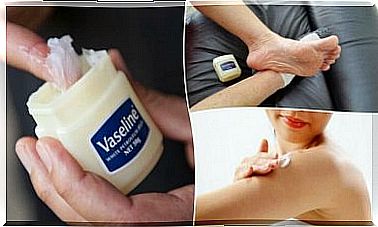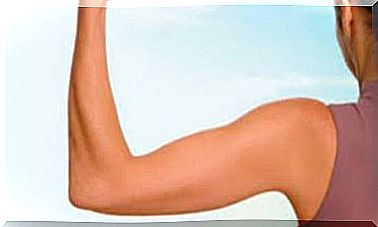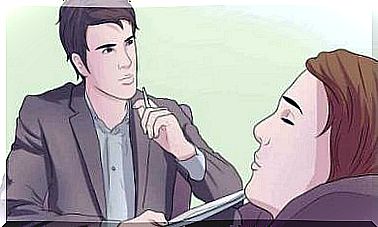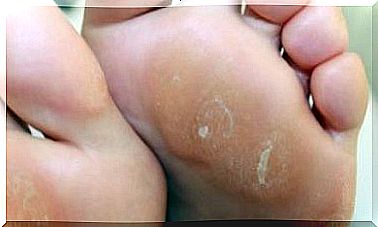Plantar Fasciitis: A Tennis Ball Can Bring Relief
A tennis ball can be very useful in the treatment of plantar fasciitis: You can use it to perform various exercises and stretches that provide relief.
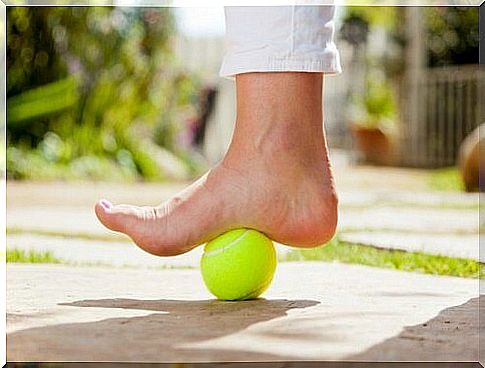
The plantar fascia is a tendon plate in the area of the sole of the foot that connects the heel bone with the toes and forms the arch of the foot. You can massage them with a tennis ball.
The main function of the fascia is to tense the sole of the foot in order to dampen the impact when walking.
Plantar fasciitis occurs when the fascia becomes inflamed, which can happen due to excessive strain, incorrect stretching and poor footwear.
People who are overweight or obese also often suffer from it, as the tissue is then exposed to constant overload and this leads to microtraumas.
Adults between the ages of 40 and 70 are most affected by this condition, but athletes can experience it much earlier.
The main symptom is pain in the sole of the foot or in the heel, which then sometimes spreads to the ankles and toes.
Treatment is usually with pain relievers and anti-inflammatory drugs, but various stretching exercises can be supplemented with it.
A tennis ball can do a good job here: it can be used to relax the area and also strengthen the affected muscles.
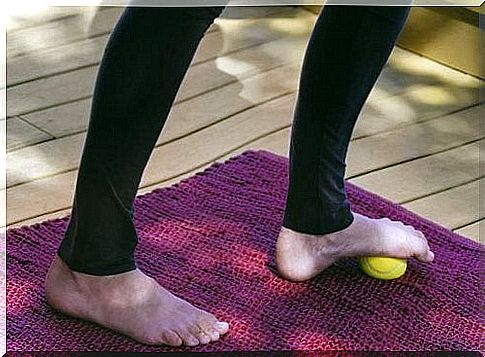
Rolling a tennis ball with your feet is one of the best therapies for relieving pain.
This massage releases the tension in the plantar fascia.
execution
- Sit in a chair with your back straight, then position the tennis ball under your foot.
- Now apply light pressure on the ball and then make circular movements forwards and backwards.
- Roll the ball for about 30 seconds, then repeat this exercise with the other foot.
- Then, do this exercise twice a day for three to four consecutive days to relieve pain.
Stretching exercise
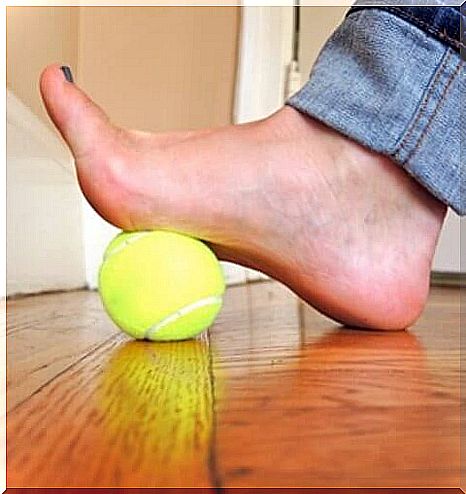
To strengthen the feet, you can train the flexibility of the muscles and ligaments.
This exercise relieves pain while strengthening the soles of the feet, ankles and legs.
execution
- Position the tennis ball against a wall, then place your foot so that you can stretch the sole of the foot.
- The heel stays on the ground, the forefoot is then stretched with the help of the tennis ball.
- The tips of your toes are supported on the wall so that you can do the stretch better.
- Breathe slowly three times, rest briefly, and then repeat this exercise 8 times.
Stretching and relaxation
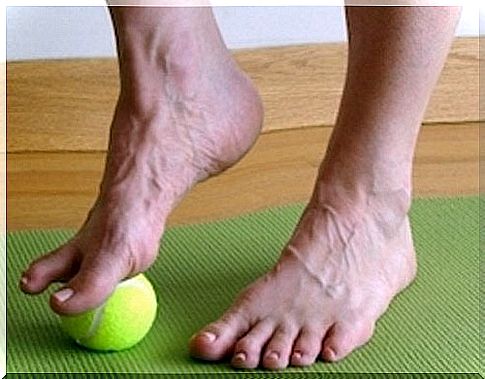
With this exercise you combine deep breathing with relaxing pressure on the soles of your feet.
This can help improve blood circulation and reduce inflammation.
With the pressure on the ball , a massage is performed, which provides relief.
execution
- Take off your socks, position one foot a little further forward and then support the ball of the foot on the tennis ball.
- However, body weight should be concentrated on the other leg.
- Remain in this position, inhale and exhale deeply, then put your weight on the front foot.
- Bend your knee slightly, hold the position for five seconds, then focus your weight on your back leg again.
- Then repeat this exercise with both feet 5 times.
Pressure point
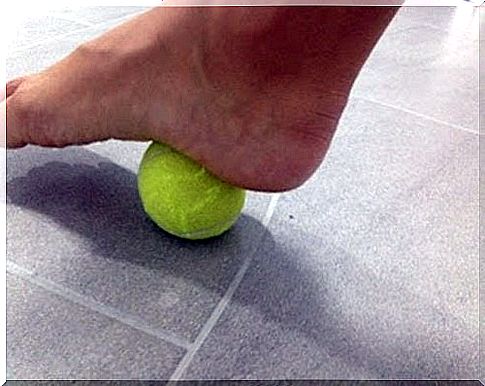
Pressure point exercises have a relaxing effect on the muscles of the feet.
You should position the tennis ball exactly under the painful area.
execution
- Place the tennis ball under your foot and then apply pressure on it for 10 seconds.
- Then change the position of the ball (further forwards or backwards) and repeat.
- So you should gradually treat all the points between the toe and heel.
As you can see, a simple tennis ball can be very useful for exercising and strengthening your feet.
If you have injuries, hardened feet or an over-leg, these exercises can also bring relief in addition to other measures.
Follow the instructions to avoid adverse effects.
